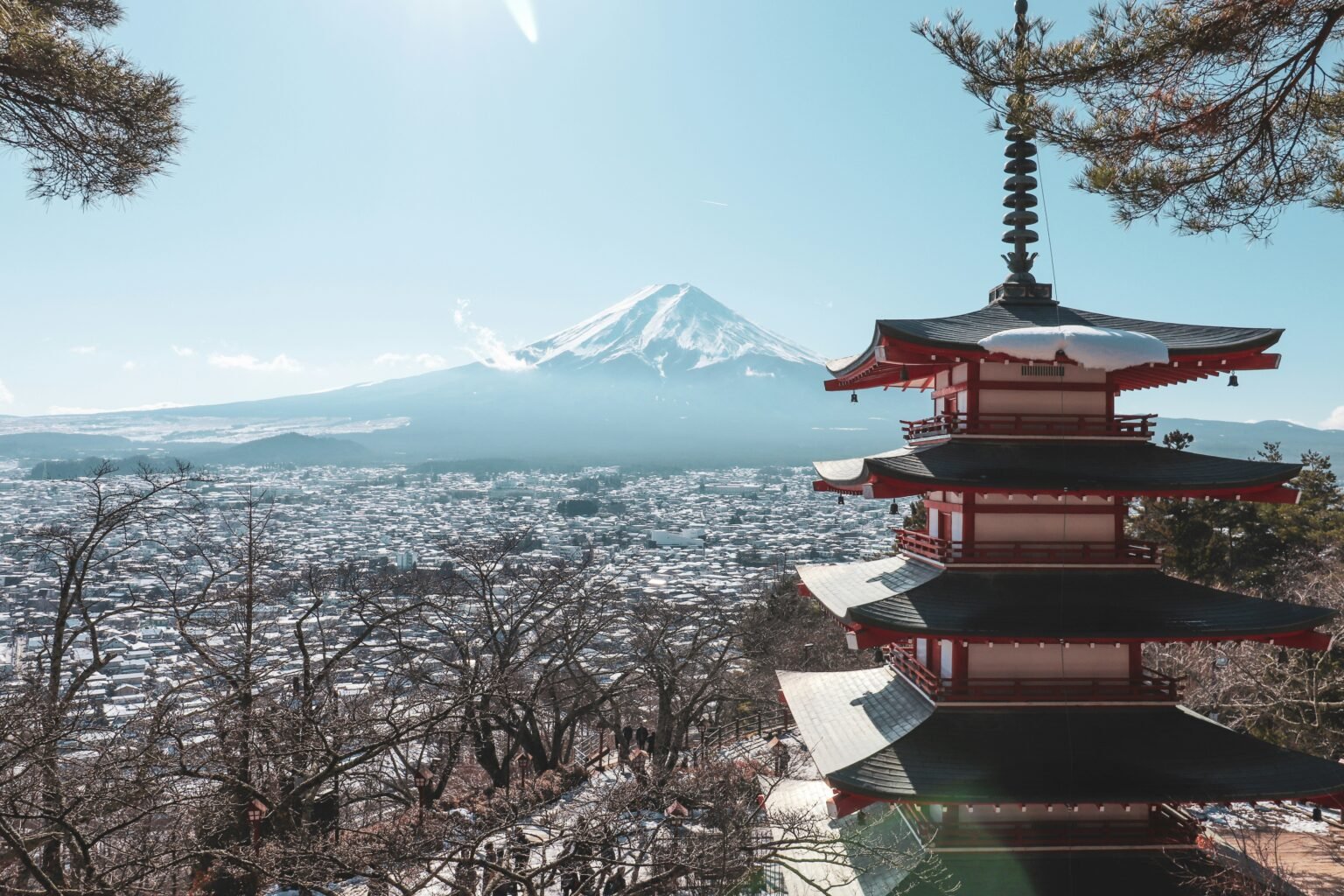
Discover the magic of Mt. Fuji Volcano – A Cultural & Experiential Journey to enrich your travel experience.
As you explore, let the essence of Mt. Fuji Volcano – A Cultural & Experiential Journey guide your adventures.
Mt. Fuji Volcano, Japan’s iconic peak and sacred symbol, offers a blend of cultural heritage and natural splendor.
This unforgettable journey focuses on Mt. Fuji Volcano – A Cultural & Experiential Journey, highlighting its beauty and heritage.
With an elevation of 3,776 meters, this majestic mountain has inspired art, faith, and unforgettable travel experiences.
In this article, you’ll discover the cultural importance, climbing essentials, and immersive experiences around Mt. Fuji.
On your travels, always seek the beauty of Mt. Fuji Volcano – A Cultural & Experiential Journey.
This content is curated by Japan Ichiban Tours’ local experts.

The journey through Mt. Fuji Volcano – A Cultural & Experiential Journey is a treasure to cherish.
Embarking on Mt. Fuji Volcano – A Cultural & Experiential Journey offers both thrill and reflection.
Enhance your journey with cultural immersion beyond the climb:
Also recommended: book one of Japan Ichiban Tours’ authentic Mt. Fuji packages like the [Tokyo: Mt. Fuji and Hakone tour with English Speaking Driver].
This offers scenic and seamless cultural access.
Capture Mt. Fuji from these stunning viewpoints:
Bring home a piece of Mt. Fuji’s rich heritage:
Supporting local artisans makes every purchase meaningful and memorable.
Ensure you respect this sacred environment:
Experience the unique offerings of Mt. Fuji Volcano – A Cultural & Experiential Journey with every step you take.
Every moment spent on Mt. Fuji Volcano – A Cultural & Experiential Journey is a chance to connect with nature.
Ultimately, a visit to Mt. Fuji Volcano – A Cultural & Experiential Journey should be on every traveler’s list. From hidden shrines and serene tea ceremonies to breathtaking viewpoints and sacred trails, every aspect of Mt. Fuji invites introspection and awe. The mountain’s tranquil surroundings offer not only natural beauty but also a spiritual presence that has captivated visitors for centuries. Embracing the unique experiences around Mt. Fuji—whether you choose to hike, reflect, or simply admire—creates an unforgettable connection with Japan’s cultural and natural heritage.
To truly appreciate Mt. Fuji, engage with the local community, explore ancient traditions, and support regional artisans. Discover stories, legends, and architectural marvels that echo devotion and reverence. Let this experience enrich your understanding of Japan’s soul. Whether you’re watching the sunrise from its summit or walking through peaceful temple grounds, Mt. Fuji Volcano – A Cultural & Experiential Journey promises a transformative experience—one that stays with you long after the journey ends.

Discover Japan Like Never Before 🇯🇵








Copyright © 2025 Japan Ichiban Tours | made with ❤️ by ideavire.com
Please select a template first

0 Comments